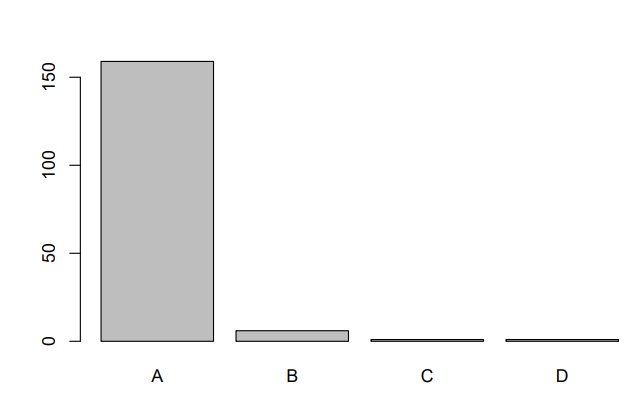The eyes play a crucial role in human life. Apart from the sense of sight, they are a form of expression. Depending on the color, your eyes may feel more mysterious, seductive or powerful, among other qualities. There are eyes that attract us more than others, and even though they belong to total strangers, it’s perfectly normal to feel that way! We believe that our eyes spark emotions and are often the first thing we notice when meeting someone.
The constant investment and development in cutting-edge technology have been the catalyst for Eyecos Clinic to offer a completely safe, painless, and non-surgical treatment that allows you to achieve the eye color you’ve always dreamed of, guaranteeing natural and permanent results. However, we understand that this change represents an important decision that can transform a patient’s life, which is why we take into account both genetic and psychological elements before starting this treatment. This commitment led us to the end of 2022, where we focused on our patients’ mental well-being, conducting a psychological screening test reviewed by a qualified psychiatrist in this field.
Once we collected and analyzed the psychological profile data of each patient, we obtained the following results:
The sample consisted of patients aged between 18 and 63, with an average age of 36.
Considering different response categories, where A corresponds to the least number of symptoms affecting the individual’s mental health, and D corresponds to the highest number presented, we observed that the vast majority did not show any signs that could trigger a psychological problem.

We categorized the patients into four groups based on the diagnosis:
“Anxiety-stress-depression,” “body dysmorphic disorder,” “normal,” and “obsessive-paranoid.” The majority of patients presented a “normal” psychological profile, followed by “obsessive-paranoid,” “body dysmorphic disorder,” and the “anxiety-stress-depression” group to a lesser extent.

Regarding the reasons for doing the treatment, we observed that most patients sought eye color change for aesthetic reasons, while a smaller number did so for health reasons.

Regarding the history of previous surgeries, most of our patients had no prior experience, followed by those who had undergone one or two surgeries. Additionally, those who had undergone three or more surgeries showed a possible association with the body dysmorphic profile.

In the analyzed sample, we observed a wide range of behaviors concerning cosmetic treatments. Most of the clinic’s patients did not undergo any treatment in the year, suggesting that the study group did not exhibit a high propensity for such procedures. However, a significant number of individuals reported having one or two treatments, while only a small percentage had three or more. It is noteworthy that some participants reported having undergone more than 50 treatments, indicating a high dedication to personal aesthetics.

Regarding the intake of cosmetic medications, we found that most of our patients do not take this type of medication. A small number of individuals reported taking a collagen pill daily, while only a few mentioned taking two or more aesthetic medications daily. These results suggest that the use of aesthetic medications is not common among the analyzed patients.

We noted a low incidence of psychological crises in the sample, with the majority of patients not having experienced any crisis. Only seven patients reported having had one crisis, while only two patients reported having had two, and one mentioned having had four crises in their life. We analyzed how psychological crises are distributed based on scores and diagnoses. These initial findings did not reveal a clear pattern between psychological crises and cosmetic treatments performed. The following graph shows that there is no clear relationship between the patient’s psychological and/or psychiatric history and the assigned diagnosis, and the vast majority of the sample was diagnosed as “normal.”

Regarding psychological treatments, it was found that most of the patients had not received any psychological treatment, regardless of the diagnosis. However, it is worth noting that two out of the six patients in the anxiety-stress-depression group were taking pills as part of their psychological treatment.

It should be mentioned that there was only one patient with a family history of mental disorders in the sample, suggesting that the other participants have not experienced this type of disorders.

In conclusion, this preliminary study examined various aspects related to NewEyes laser treatment in a sample of patients. It was found that the majority of patients underwent these treatments for aesthetic reasons. Additionally, it was observed that the vast majority of patients had a “normal” psychological profile, characterized by thoughtful decision-making and a high level of education. This is reflected in their commitment to seek information from reputable journals, specialized books, scientific reports, medical conferences, as well as references from other patients in our clinic. These patients demonstrate a reflective attitude and seek a solid knowledge base before making decisions related to their treatment, which is essential for us at EyeCos. Although the results obtained did not reveal a prominent pattern in relation to other variables, a potential relationship was identified between a higher number of previous surgeries and aesthetic treatments and the body dysmorphic profile of the patients. This could be related to the identification of patients who, although classified as “normal,” exhibited certain body dysmorphic symptoms, which may require further exploration in future research. These findings contribute to a better understanding of phenomena related to mental health and the pursuit of aesthetic improvements, specifically concerning motivation for eye color change. These results reaffirm the ethical philosophy of EyeCos: we do not encourage impulsive and thoughtless decision-making, and we strive to provide all necessary documentation with complete transparency and direct communication with the specialist in the treatment and NewEyes laser, Dr. Grimaldos. We are committed to provide a careful and responsible approach to ensure that our patients make informed and better decisions and have all the necessary support throughout their treatment process.


